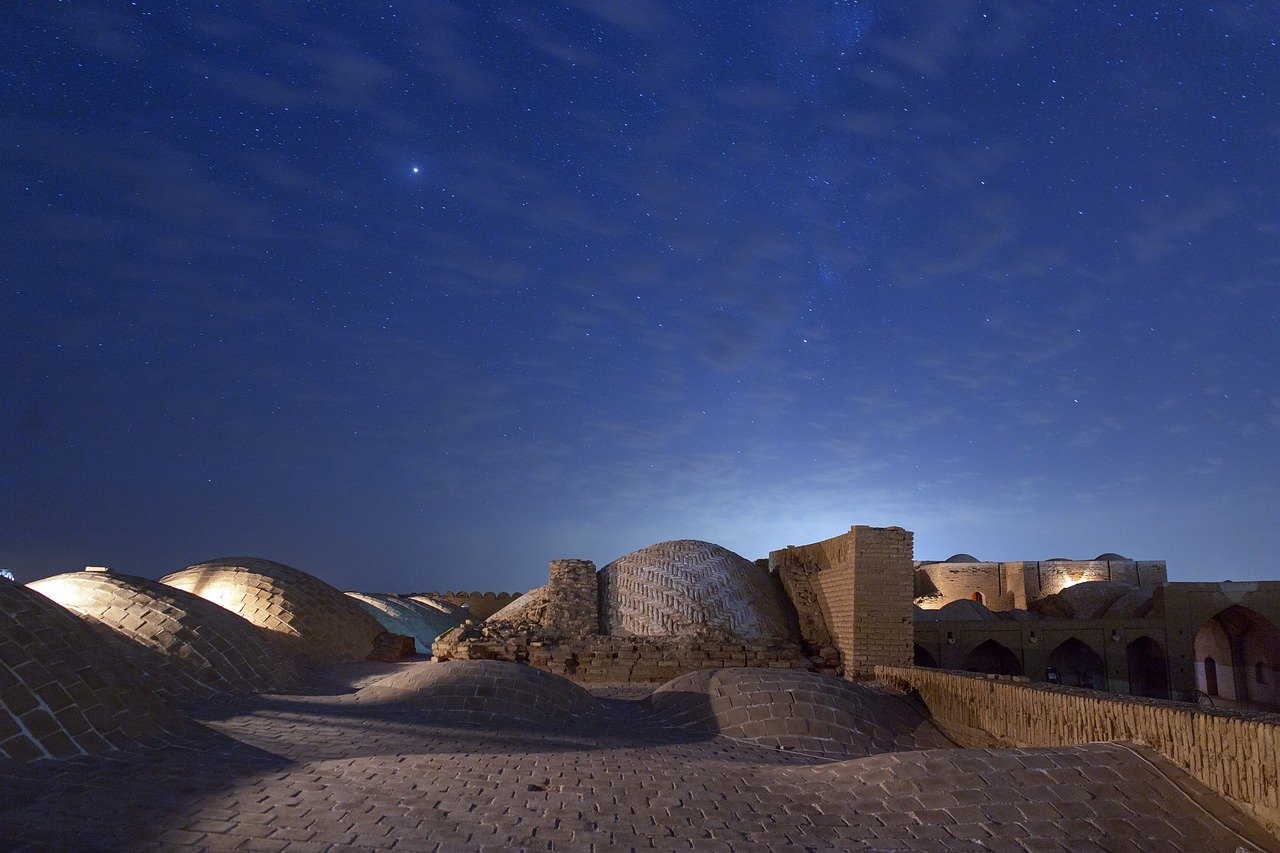An awning has served practical and symbolic purposes throughout human civilization, from ancient Roman shop fronts to medieval market squares. Historical awning designs reflect cultural aesthetics, available materials, and social customs of different periods.
These fabric structures provided gathering spaces for community events, religious ceremonies, and commercial activities across diverse societies. Traditional awning craftsmanship passed down through generations demonstrates the intersection of practical necessity and artistic expression.
Innovation in Awning Structures
The evolution of awning styles reveals how historical events, trade relationships, and technological advances shaped daily life experiences. Archaeological evidence shows awning usage in ancient Egyptian markets, Greek agoras, and Roman forums where they protected merchants and customers from harsh sunlight.
Medieval guilds developed specific awning designs that identified different trades and businesses, creating visual communication systems that transcended literacy barriers in urban commercial districts.
Historical Documentation and Archaeological Evidence

Historical research methods continue evolving through technological advances and interdisciplinary collaboration between archaeologists, historians, and anthropologists. Digital preservation techniques protect ancient documents from deterioration while making historical texts accessible to global research communities.
Archaeological discoveries provide physical evidence that confirms, contradicts, or expands upon written historical records. Carbon dating, DNA analysis, and advanced imaging technologies reveal details about past civilizations that previous generations could never access.
Modern historians use statistical analysis, geographic information systems, and computer modeling to identify patterns in historical data. Primary source documents undergo careful authentication processes to verify their accuracy and historical context before inclusion in scholarly research.
Religious Traditions and Historical Context
Religious practices reflect the historical circumstances and cultural contexts in which they developed. Ancient religious texts incorporate contemporary political events, social structures, and geographical knowledge from their respective time periods. Historical analysis helps distinguish between timeless spiritual principles and culture-specific practices within religious traditions.
Cultural Preservation and Modern Interpretation
Modern societies face challenges in preserving historical sites, artifacts, and cultural practices while adapting to contemporary needs. Historical preservation efforts require balancing tourism revenue with conservation requirements to protect irreplaceable cultural heritage.
Educational institutions play crucial roles in transmitting historical knowledge and cultural values to younger generations. Digital archives and virtual reality technologies create new opportunities for experiencing historical events and understanding their continued relevance to modern society.

